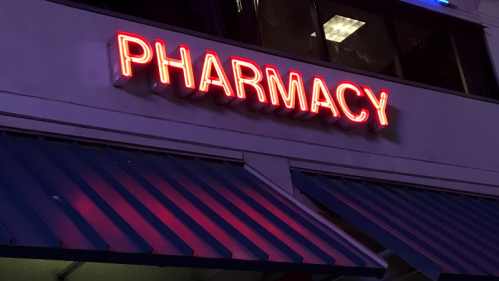Increased Availability of Naloxone Will Help Underserved Communities, but Price May Increase and Stigma May Remain

The U.S. Food and Drug Administration has approved naloxone nasal spray (Narcan)—a medicine that rapidly reverses an opioid overdose—for over-the-counter use.
The increased availability of naloxone will help underserved communities, but the price of Narcan could increase and stigma for people who use opioids may remain according to a new editorial by Rafael E. Pérez-Figueroa, Rafael E. Pérez-Figueroa, associate dean for community engagement and public health practice and an associate professor in the Department of Urban-Global Public Health at the Rutgers School of Public Health. The editorial was published in the The BMJ.
Narcan is expected to be available over-the-counter by late summer 2023 which will improve access to naloxone in the U.S. However, the distribution of naloxone remains insufficient, especially amongst low-income groups, rural areas, and communities of color. Currently, community-based organizations and local health departments distribute millions of Narcan doses for free; they buy the medicine at a public interest price around $47. Narcan’s manufacturer will set a new price, which economists estimate at $35-$65 plus retailer’s mark-up. The expected increased cost of Narcan can impact existing harm reduction programs throughout the country, which are essential to reducing overdose mortality and morbidity. This change can also limit the distribution of lower cost injectable naloxone products. Pérez-Figueroa recommends the Surgeon General should issue a national order to ensure lower cost options remain available.
People who use opioids also face the burden of stigma and discrimination. Some pharmacists and business owners express negative attitudes towards people who use opioids, and some may resist stocking Narcan. “People who use drugs are exposed to discrimination, trauma, and marginalization,” says Pérez-Figueroa. “With proper support and respect, substance use disorders can be managed, and overdoses can be prevented. Addressing stigma involves changing policies and practices that perpetuate discrimination and limit under resourced communities’ access to effective healthcare and treatments.”
Pérez-Figueroa closes his editorial with a strong call to action. He says that reducing overdose risk, removing barriers to effective interventions, and respecting the health and dignity of people who use drugs are essential components of a comprehensive strategy to tackle overdose mortality. Despite positive efforts in the U.S., opioid-related overdose and death continue to increase. Naloxone that is affordable and available everywhere without stigma is crucial. Further research is needed to evaluate the effect of over-the-counter naloxone on overdose deaths to optimize the benefits and reduce the risks.


